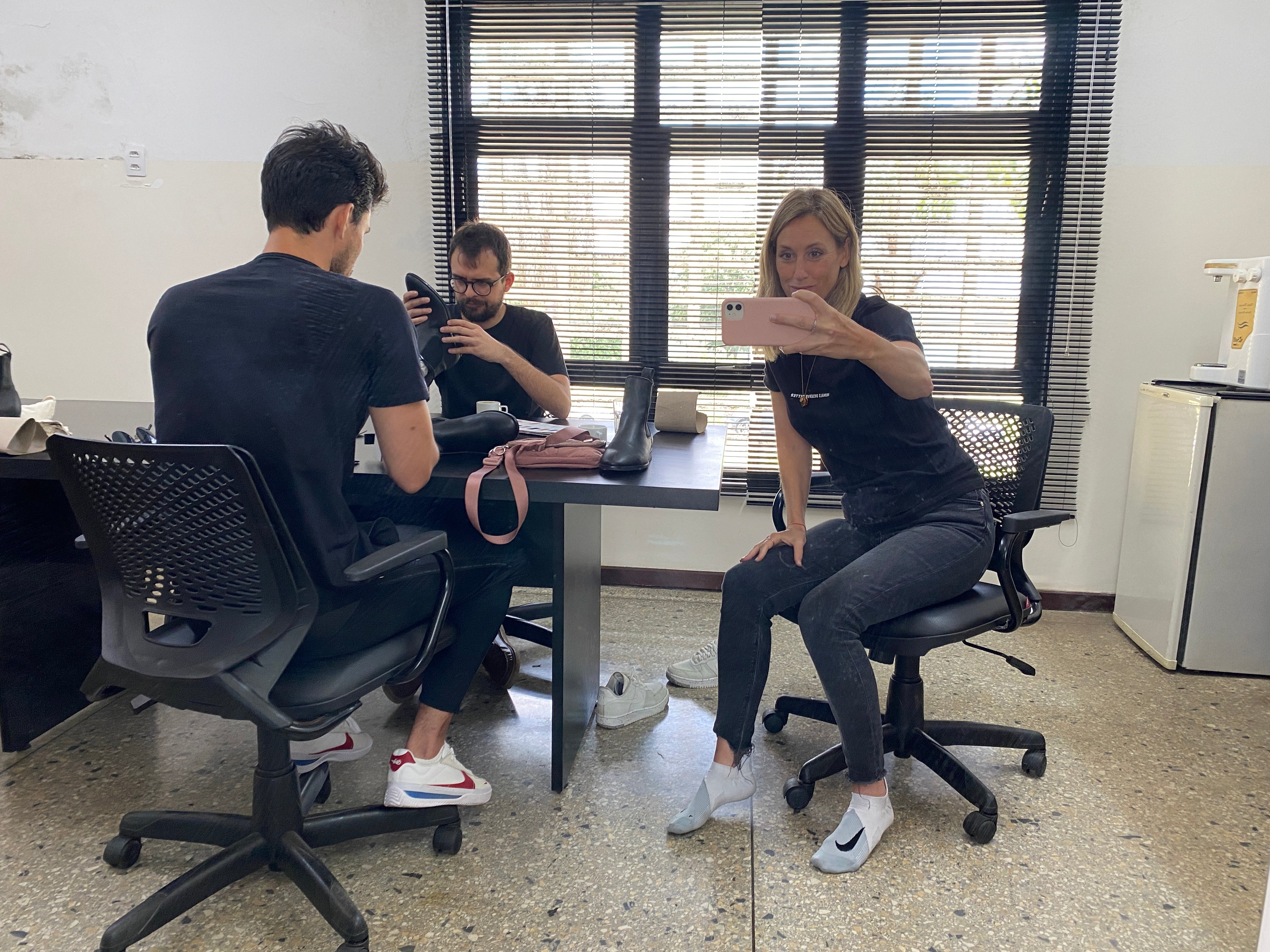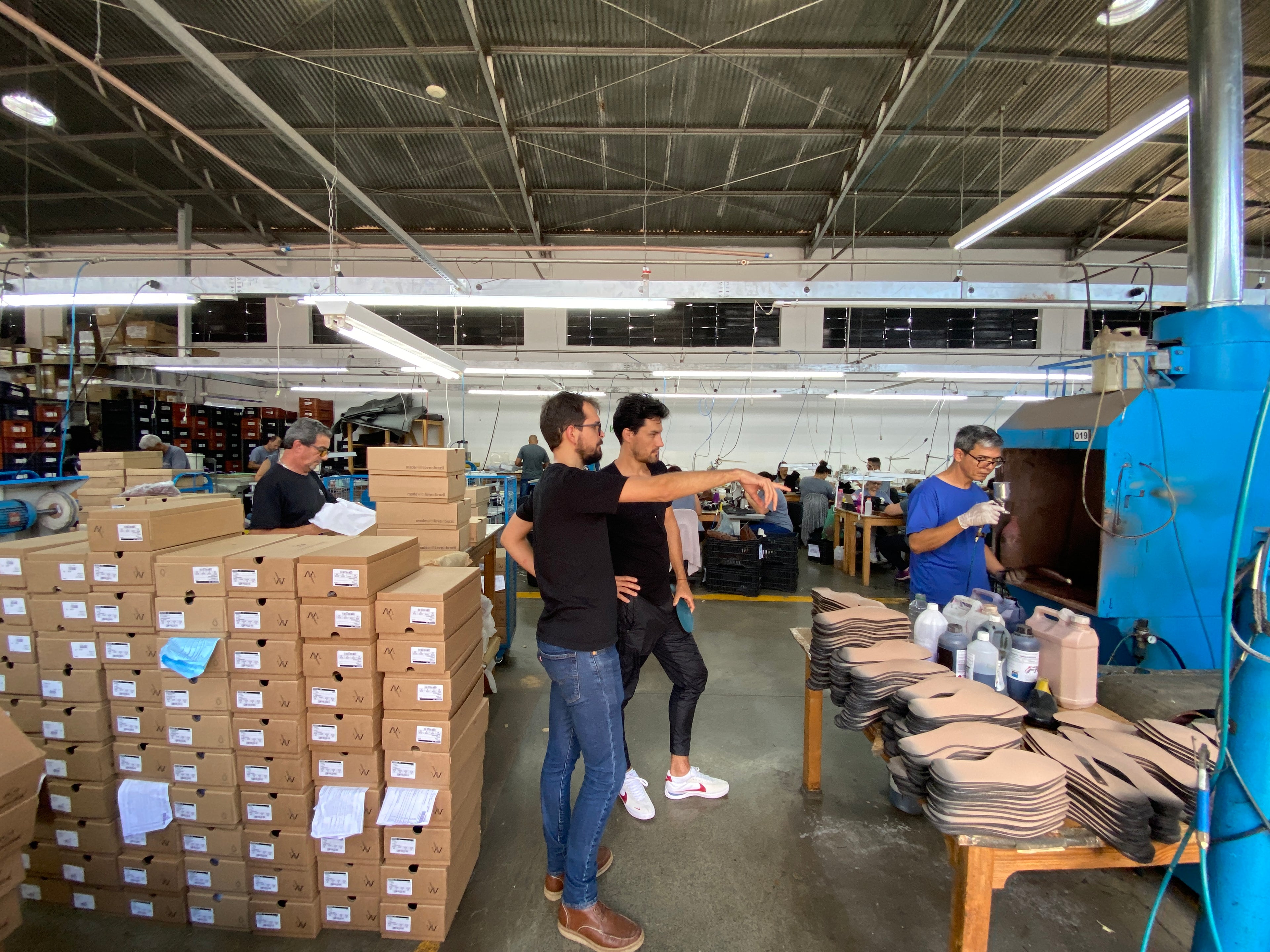Introduction
In recent years, the fashion industry has been undergoing a transformation driven by growing consumer awareness of sustainability and ethical concerns. One of the most significant developments in this revolution has been the rise of vegan leather, championed by designers like Stella McCartney. In this blog post, we will delve into the harsh environmental impacts of the animal leather industry, highlight the journey of vegan leather, and explore the contributions of renowned designers in this groundbreaking movement.
The Environmental Toll of Animal Leather
Before we explore the rise of vegan leather, it's essential to understand the detrimental impact of the animal leather industry. This centuries-old practice has significant environmental consequences, including deforestation, water pollution, and greenhouse gas emissions. The tanning process, in particular, is notorious for its heavy use of toxic chemicals, which harm both the environment and the health of workers.
Timeline of Vegan Leather Evolution
The journey towards sustainable alternatives to animal leather has been a long and evolving one. Let's take a closer look at the timeline of key milestones in the development of vegan leather:
-
Early 20th Century: The first synthetic leather-like materials emerge, typically made from plastics. While these materials offered some cruelty-free alternatives, they often lacked the quality and durability of genuine leather.
-
Late 20th Century: Innovations in synthetic leather production led to the creation of more realistic and sustainable options. However, they were still far from being mainstream in the fashion industry.
-
2001: Stella McCartney, a pioneer of sustainable fashion, launched her eponymous brand with a strong commitment to cruelty-free, eco-friendly materials. Her influence was instrumental in popularizing vegan leather in high-end fashion.
-
Mid-2010s: Advances in material science and sustainable technologies gave rise to a new generation of vegan leather, made from innovative sources such as mushroom mycelium, pineapple fibers (Piñatex), cactus leaves (Desserto) and recycled plastics.
-
2020s: Vegan leather begins to gain significant traction in the fashion industry, with major luxury brands incorporating it into their collections. This marks a turning point in the fashion world's approach to sustainability.
Stella McCartney: A Trailblazer in Sustainable Fashion
Stella McCartney, the renowned British designer and daughter of music legend Paul McCartney, has played a pivotal role in promoting vegan leather within the fashion industry. Since the launch of her eponymous brand in 2001, McCartney has been a vocal advocate for ethical and sustainable fashion practices. She has consistently incorporated vegan leather into her collections, proving that cruelty-free materials can be luxurious and stylish.
In addition to her commitment to vegan leather, McCartney's brand has also been a leader in sustainable practices, including using organic cotton, minimizing waste, and reducing the carbon footprint of her products. Her dedication to ethical fashion has inspired a new generation of designers and consumers to reconsider their choices.
Innovations in Vegan Leather
As consumer demand for sustainable fashion grows, researchers and innovators are continually pushing the boundaries of vegan leather production. Some of the most exciting innovations include:
-
Mushroom Leather: Derived from mycelium, the root system of mushrooms, this material is not only biodegradable but also highly versatile, allowing for various textures and colors.
-
Piñatex: Made from the fibers of pineapple leaves, Piñatex offers a sustainable alternative with a unique, textured appearance. It is not only eco-friendly but also supports farming communities in developing countries.
-
Recycled Plastics: Repurposing plastic waste into vegan leather not only reduces environmental harm but also tackles the growing problem of plastic pollution.
-
Cactus Leather by Desserto - which is what we are using here at Voes & Co to create our vegan designer chelsea boots. Similar to leather, this material is a groundbreaking alternative to traditional leather. To create this eco-friendly leather, mature cactus leaves are harvested and processed using minimal water and no pesticides, making it an environmentally responsible choice. Its manufacturing process is free from toxic chemicals, ensuring minimal harm to the planet.
The quality of Desserto Cactus Leather is exceptional, as it boasts the durability and texture of traditional leather, with added benefits of being lightweight and vegan-friendly. Its adaptability for fashion is evident in its use for clothing, accessories, and upholstery. With its natural aesthetics, it provides an ethical and luxurious option for conscious consumers, garnering credibility for sustainability.
The integrity of Desserto Cactus Leather in the fashion industry is solidified by its commitment to reducing environmental impact and its potential to revolutionize the market. Its cruelty-free and sustainable nature aligns with the increasing demand for responsible non leather fashion choices, with less plastic (less PU polyurethane vegan material) and more plants. As more designers and brands embrace this innovative material, it exemplifies a promising step towards a more ethical and eco-conscious fashion future.
https://voesandcompany.com/collections/all
In conclusion, the rise of vegan leather signifies a transformative moment in the fashion industry, where style and sustainability converge. With designers like Stella McCartney leading the way and innovative materials gaining ground, cruelty-free alternatives are becoming more accessible and appealing to consumers. As we continue on this path, it's clear that vegan leather is more than just a trend; it's a movement that is reshaping the fashion landscape for the better, one stylish step at a time.


